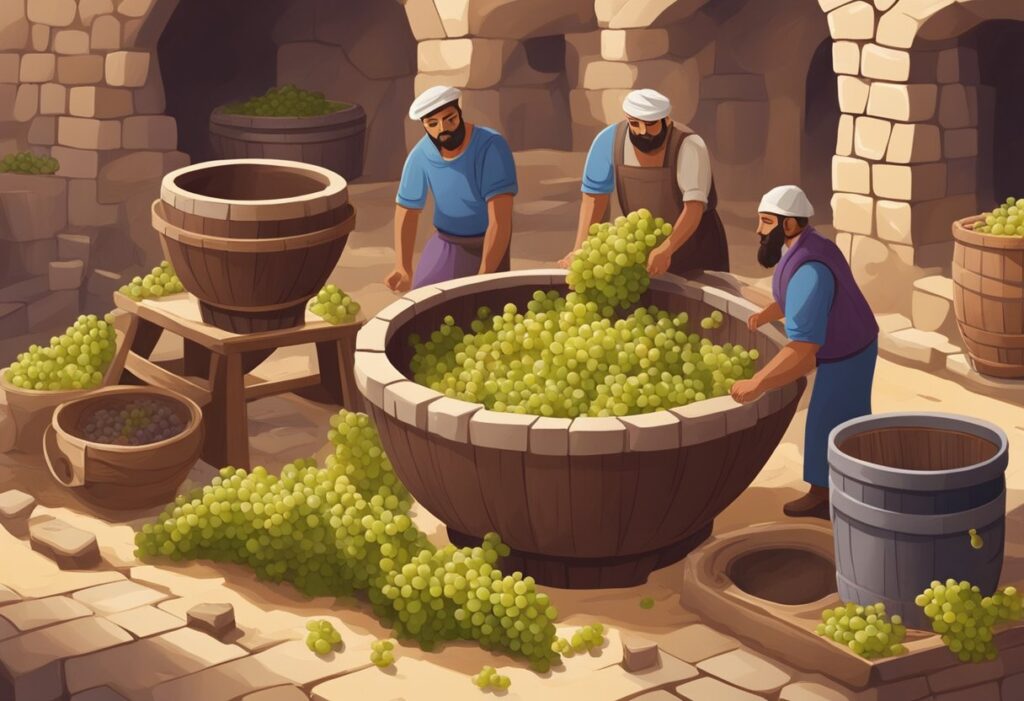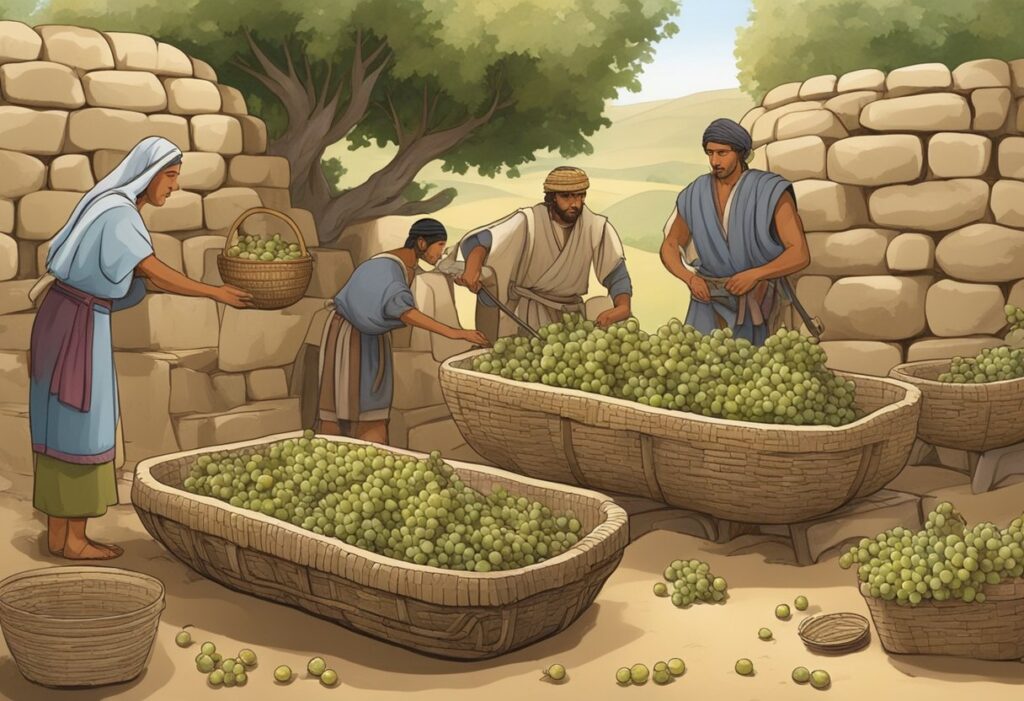Spain’s rich wine culture has been heavily shaped by its historical conflicts, molding the diverse wine regions you see today. From the ancient Phoenicians who first planted grapevines over 2,000 years ago, to the Romans who expanded vineyards and exported wines across their empire, each era left its mark. You’ll find that these deep historical roots give Spanish wines their unique characteristics and robust flavors.
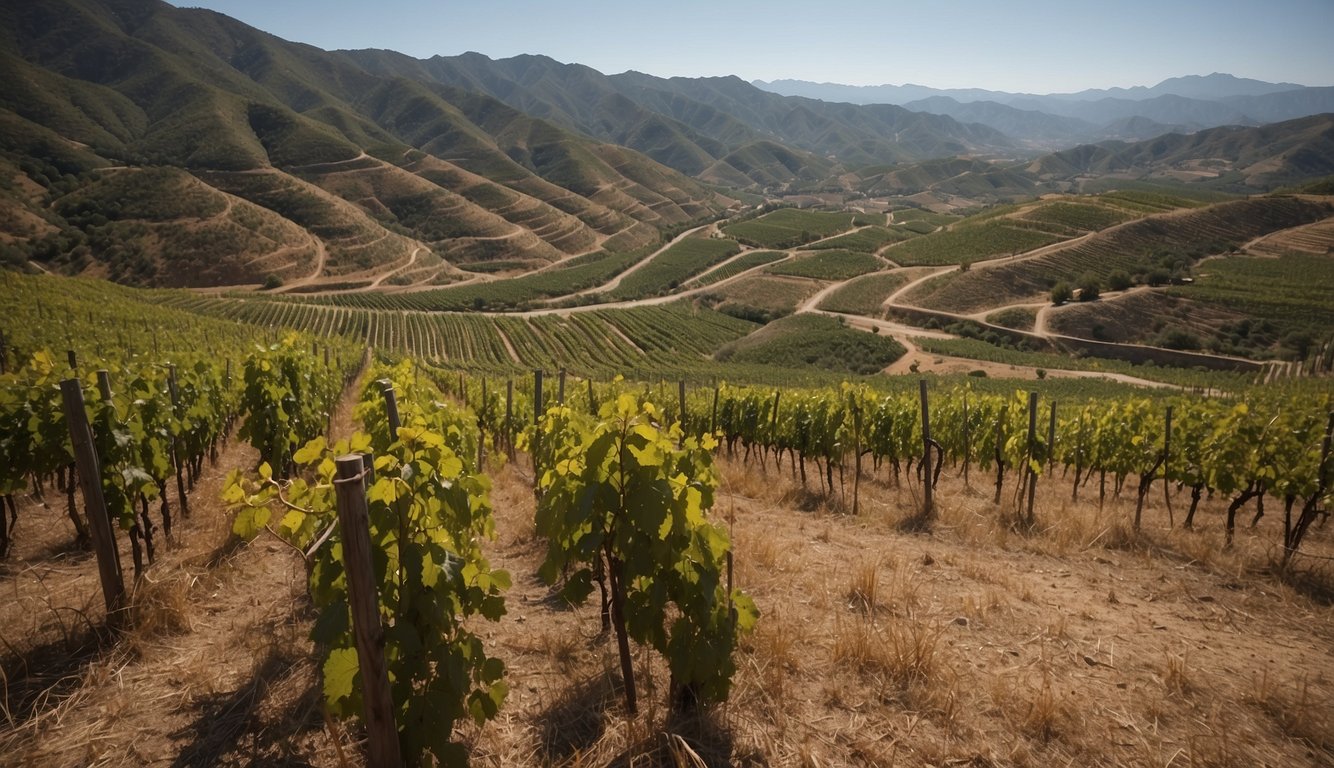
As you explore Spain’s wine regions, you’ll uncover a story of resilience and adaptation. Regions like Rioja managed to fend off phylloxera, a grapevine pest, much longer than others, leading to distinct preservation of winemaking traditions. The solution of grafting onto American roots eventually saved many vineyards, helping you enjoy the wide variety of Spanish wines available today.
When you sip a glass of Spanish wine, you’re not just tasting fermented grapes; you’re experiencing centuries of history and culture. Modern advancements in winemaking, paired with ancient techniques, make Spanish wines stand out in the global market. Whether it’s a robust red from Castilla – La Mancha, the largest wine-producing region, or a crisp white from another area, Spain offers a wine for every palate.
The Historical Tapestry of Spanish Wine
Spain’s wine history is woven with influences from many cultures and eras. Each period brought unique contributions that shaped the viticulture and winemaking practices.
Ancient Beginnings and Phoenician Influence
Spain’s viticulture dates back to ancient times when the Phoenicians founded the trading post of Cádiz around 1100 BC. These early traders introduced grapevines and basic winemaking techniques to the region. The Phoenicians’ influence laid the groundwork for future developments in Spanish viticulture. Archaeologists believe that the cultivation of grapes may have started even earlier, between 4000 and 3000 BC. This initial period set the stage for Spain’s enduring relationship with winemaking.
Roman Contributions to Viticulture
The Romans had a significant impact on Spanish wine after they conquered Spain around 200 BC. They improved viticulture through advanced techniques like pruning and irrigation. During this period, wine production expanded significantly, and Spanish wines reached markets across the Roman Empire. The Romans built infrastructure, including roads and aqueducts, which helped distribute Spanish wine. This era firmly established Spain as a notable wine-producing region.
The Moorish Era and Winemaking
When the Moors invaded Spain in the 8th century, they brought with them different cultural practices. Though largely Islamic and typically avoiding alcohol, the Moors didn’t halt winemaking entirely. They allowed non-Muslim communities to continue producing wine. Vineyards were maintained, and innovations in agriculture and irrigation introduced by the Moors indirectly benefited viticulture. This period saw the preservation of vineyard practices that would later flourish under Christian rule.
Reconquista to Renaissance: The Rise of Spanish Wine
The Reconquista and subsequent eras were transformative for Spanish wine. With the Moors driven out, viticulture revived robustly under Christian rule. In 1492, the same year Columbus set sail, the Catholic Monarchs consolidated control over Spain. This period saw the establishment of the first Denominación de Origen (DO) in Rioja in 1925, marking the beginning of regulated wine regions. The conquistadores also spread Spanish wine to the New World, further cementing its status globally.
Throughout this period, Spain’s wine regions developed unique identities and styles, influenced by their varied histories.
Geographical Influence and Terroir

Spain’s diverse landscapes and climates significantly affect its wine regions. Key factors include the Mediterranean climate, mountain ranges, and river valleys.
The Impact of the Mediterranean Climate
The Mediterranean climate plays a major role in Spanish viticulture. Regions like Rioja benefit from warm summers and mild winters, which are ideal for growing grapes like Tempranillo.
This climate promotes the development of rich, full-bodied wines. The consistent sunlight helps in ripening the grapes, giving them complex flavors. Areas like Priorat are also known for their unique terroir, combining a Mediterranean climate with rugged terrain.
Mountain Ranges and Altitude
Mountain ranges such as the Pyrenees and Sierra Nevada help create distinct viticultural zones. Vineyards in high-altitude areas, like those in Andalusia, often experience cooler temperatures. This slows down the ripening process, allowing for the development of more nuanced flavors in the grapes.
Altitude affects the temperature variation between day and night, which is crucial for acidity and balance in wines. The Monastrell grape, for instance, thrives in these higher elevations, resulting in wines with intense aromas and flavors.
River Valleys and Wine Routes
River valleys, such as those formed by the Duero and Ebro rivers, provide fertile grounds for vineyards. The soils in these areas are often rich in nutrients, supporting robust vine growth. The Tempranillo grape thrives along these valleys, particularly in regions like Ribera del Duero.
River valleys also serve as natural wine routes, connecting various wine regions. This has historically facilitated trade and cultural exchange, enriching the local wine culture. Tours across the wine regions often follow these scenic river routes, offering a blend of beautiful landscapes and exceptional wines.
Region-Specific Wine Cultures
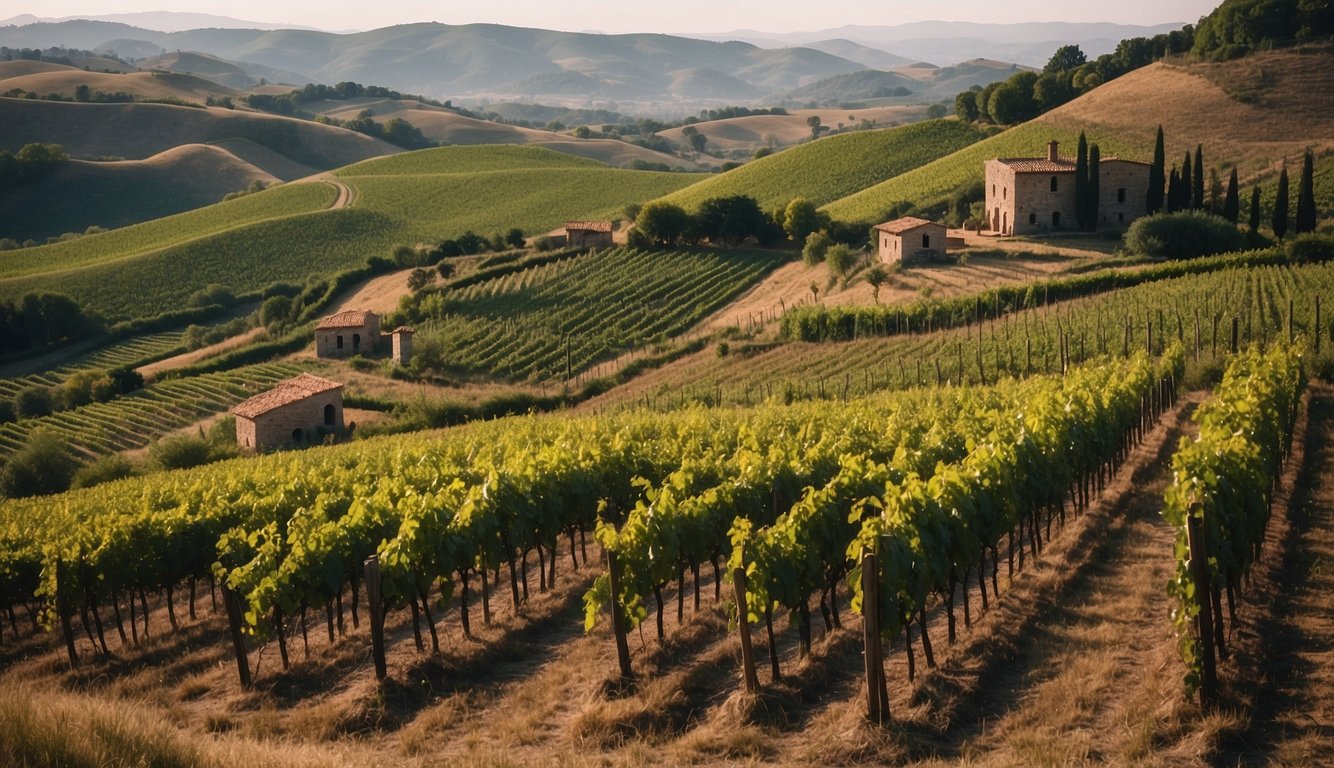
Spanish wine culture varies greatly from region to region, each boasting unique traditions and specialties. From Rioja’s world-renowned Tempranillo wines to Catalonia’s sparkling Cava, you’ll discover a rich tapestry of winemaking practices and flavors.
Rioja: The Heart of Spanish Winemaking
La Rioja is often considered the heart of Spanish winemaking. Located in northern Spain, it is famous for its Tempranillo and Garnacha grapes. Many of the wines from this region are aged in oak barrels, giving them distinct flavors and a rich, complex character.
Wine production in Rioja can be traced back to Roman times, but it gained international acclaim in the late 19th century. The region’s winemakers adopted techniques from Bordeaux, such as the use of French oak barrels. Rioja wines are typically classified into four categories: Joven, Crianza, Reserva, and Gran Reserva, based on their aging process.
Catalonia’s Unique Cava and Garnacha
Catalonia, particularly the area around Barcelona, is celebrated for its sparkling Cava wines and robust Garnacha varieties. Cava is produced using the traditional method, similar to Champagne, which involves a secondary fermentation in the bottle.
The Priorat region in Catalonia is known for its steep terraces and mineral-rich slate soils, which contribute to the concentrated flavors of its Garnacha wines. Winemakers here focus on quality over quantity, producing wines with intense flavors and high aging potential.
In recent years, Catalonian winemakers have shifted their focus from mass-produced Cava to more artisanal methods, enhancing the region’s reputation for high-quality sparkling wine.
Andalusian Tradition and Sherry Production
Andalusia in southern Spain is the birthplace of Sherry, a fortified wine that has been produced for over 3,000 years. The town of Jerez is the epicenter of Sherry production. Sherry comes in various styles, ranging from dry Fino to sweet Pedro Ximénez.
The unique climate of Andalusia, with its hot summers and mild winters, is ideal for growing the Palomino grape, the primary varietal used in Sherry. Winemaking in Andalusia incorporates the solera system, a method of aging that involves blending wines of different ages to achieve consistent quality.
Innovative Approaches in the Basque Country
The Basque Country in northern Spain is gaining recognition for its innovative approaches to winemaking. The region is particularly known for Txakoli, a slightly sparkling white wine made from the Hondarribi Zuri grape.
Basque vineyards are often located on steep slopes with a maritime climate, which contributes to the wine’s crisp acidity and fresh flavors. Winemakers in the Basque Country focus on artisanal production methods, emphasizing sustainability and local traditions.
San Sebastián and Bilbao are key cities in the Basque Country where you can explore wine bars and enjoy local delicacies paired with Txakoli. These cities are known for their gastronomic culture, making them great destinations for food and wine enthusiasts.
Key Varietals and Their Histories
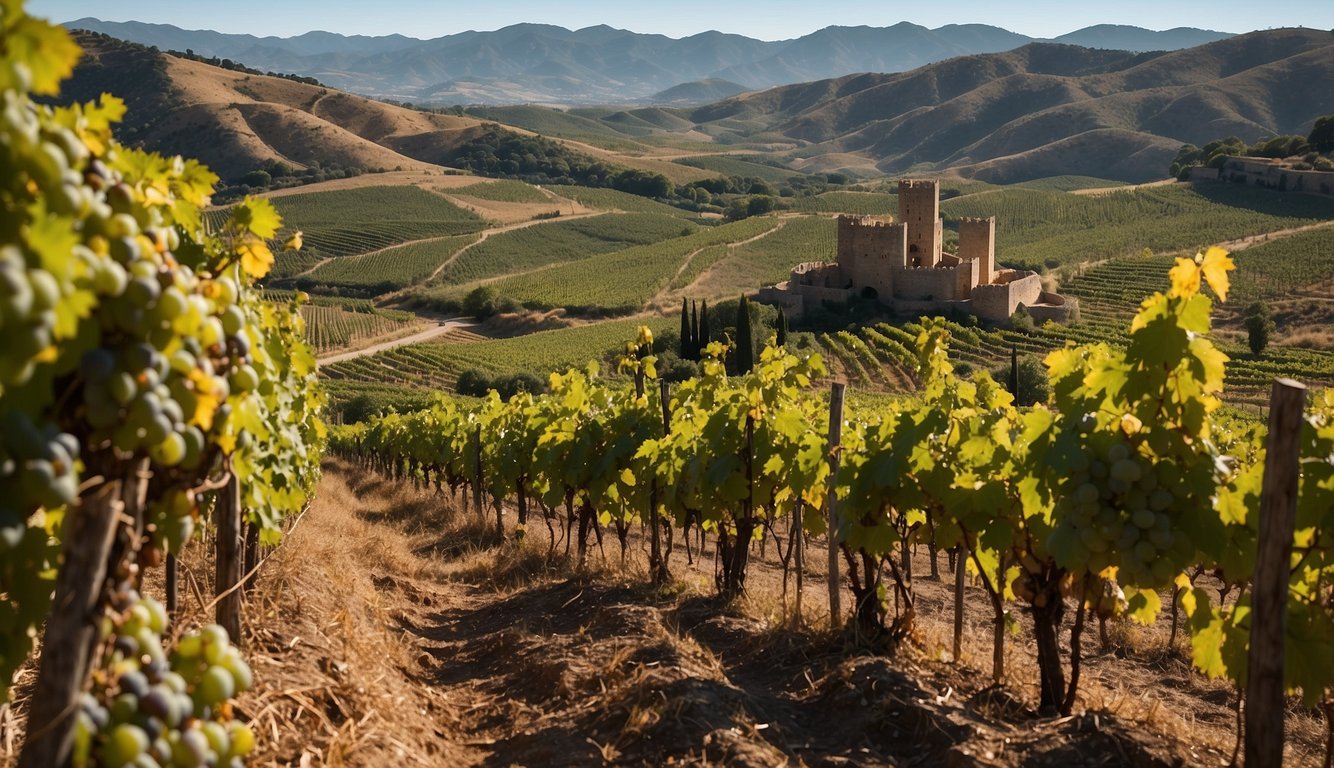
You’ll learn about some of the most important grapes in Spain and their unique histories. This covers popular red and white wines, as well as regional specialties that give Spanish wine its distinctive character.
Noble Reds: Tempranillo and Garnacha
Tempranillo is one of Spain’s most famous red wine grapes. Known for its deep color and rich flavor, it is grown mainly in the Rioja and Ribera del Duero regions. The name comes from the Spanish word temprano, meaning early, as these grapes tend to ripen earlier than most. Historically, this grape has been a cornerstone of Spanish wine culture, providing the backbone for many of the country’s most well-known wines.
Garnacha, also known as Grenache outside of Spain, is another key red varietal. Originating from the Aragón region, Garnacha is versatile and used in everything from young, fruity reds to complex, aged wines. Unlike Tempranillo, Garnacha thrives in warmer climates and is known for its high alcohol content and red berry flavors. This grape has been vital in Spain’s wine history, consistently producing high-quality wines.
Refreshing Whites: Albariño and Macabeo
Albariño is grown mainly in the Rías Baixas region of Galicia. This white grape produces wines that are light, crisp, and refreshing, often with notes of citrus and peach. The grape has a thick skin, making it resistant to the damp, coastal climate of Galicia. Historically, Albariño has become a symbol of quality white wine in Spain, rivaling some of the best in the world.
Macabeo, also known by its synonym Viura, is another significant white grape primarily found in the Rioja and Catalonia regions. This grape produces wines that are dry, fruity, and often a bit floral. It’s commonly used in the production of Cava, Spain’s famous sparkling wine. Over time, Macabeo has played a crucial role in both still and sparkling wine production in Spain.
Regional Gems: Bobal and Palomino
Bobal is a unique red grape mainly grown in the Utiel-Requena region. It is known for its deep color and high tannins, often used in blends to add body and structure. This grape has historically been undervalued, but recent trends show a resurgence in its popularity. Winemakers are now focusing on its potential to produce high-quality, age-worthy wines.
Palomino is the dominant grape in the production of Sherry in the Jerez region. Known for its neutral flavor, which makes it a perfect base for the many styles of Sherry, from dry Fino to rich Oloroso. Traditionally, Palomino has been integral to Spain’s fortified wine industry, shaping the country’s identity in the winemaking world.
Current Trends and Future of Spanish Wine
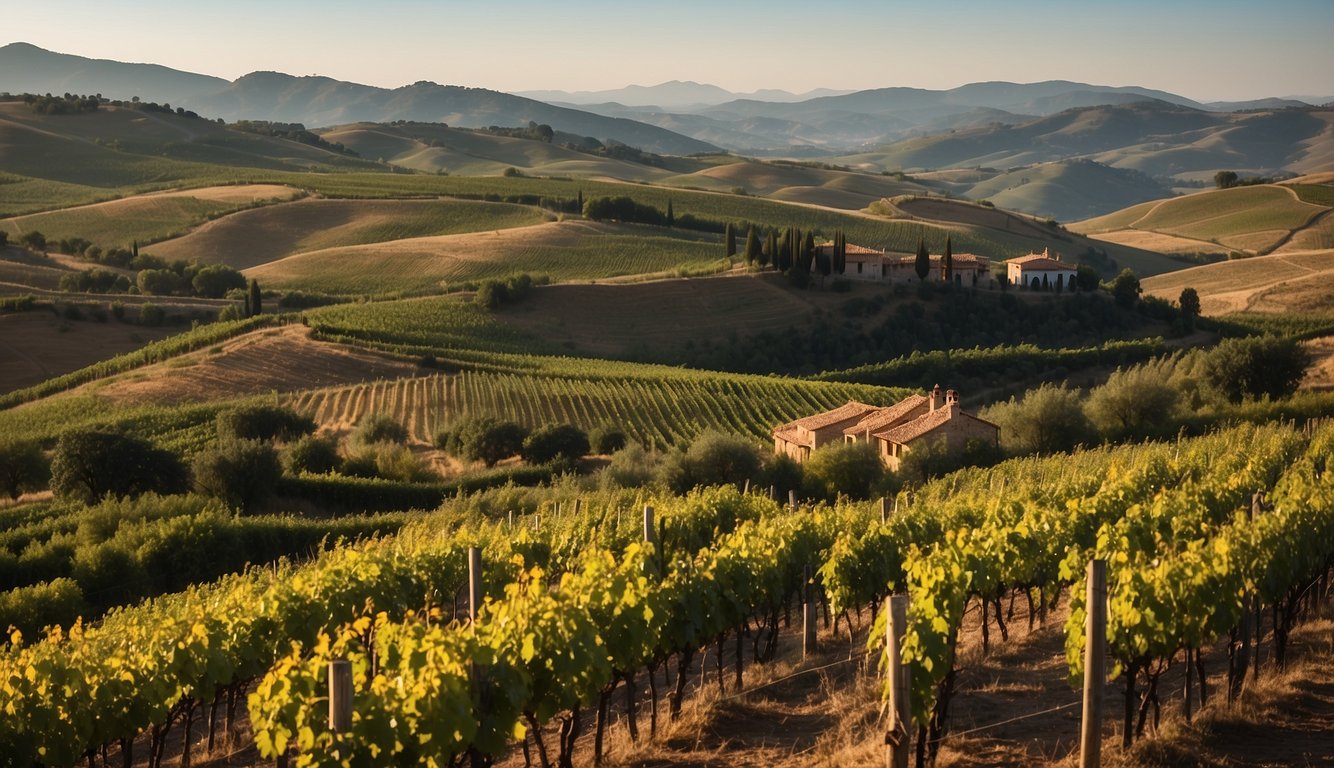
Recent shifts in the Spanish wine industry reflect changes in climate, market demands, and winemaking practices. Innovations and adaptations are key to thriving amidst these challenges.
Adaption to Climate Change
Spain’s winemakers are adjusting to climate change in various ways. In regions like La Rioja, the focus is on old vines, which are more resilient to extreme weather and temperature fluctuations. These older vines can better withstand drought and produce high-quality wine.
Wineries are also moving to higher altitudes, where the cooler climate can offset rising temperatures. This approach helps maintain the balance and acidity of the wines, which might otherwise be compromised.
Sustainable practices are gaining traction. More vineyards are adopting organic farming methods and water conservation techniques. This not only mitigates climate impacts but also appeals to environmentally conscious consumers.
New varietals are being introduced that can resist high heat and require less water. These drought-resistant grapes ensure the continuation of Spanish wine production even under challenging conditions.
The Global Market and Spanish Wine
Spain is the world’s second-largest exporter of wine by volume. Spanish wines, especially from regions like Catalonia, are increasingly popular in international markets. The move away from traditional Cava to newer, innovative sparkling wines is capturing global attention.
The suspension of tariffs between the US and the EU is boosting exports. This agreement is expected to increase the value and volume of Spanish wines sold abroad. For example, Spanish wine exports to the US had previously declined due to tariffs, but projections are now more optimistic.
Bulk wine production in regions like La Mancha remains significant. These large volumes meet diverse international demands, including countries like France. This strategy supports Spain’s position in the global market while promoting lesser-known varietals.
Investments in marketing and branding are highlighting Spain’s quality wines. Labels like DOP and DOCa emphasize the heritage and quality of these wines, making them more attractive to global consumers seeking both tradition and excellence.
